I will never ever ever again complain about walking the 5 minutes from the bus stop to home! We started our 4 day trek in a little town in the hills called Machete, after our 3 hour bumpy ride from Santa Marta. We started at 2.10pm and began our 4 hour hike to the first camp. By 30 minutes in we were all very very hot, luckily our guide Jose said that we could swim in this river and man did it feel good. But then some bad news hit, Jose said it will be up hill (very steep) for about 1 to 1.5hrs. When we finally made it to the first camp I thought I would never be able to sleep in a hammock, but being as tired as I was, I had no problems getting to sleep. These are our hammocks with the mosquito netting to keep out the bugs. This is one of the native Kogi villages that we past along the trek!! The second day was going to be a bit more of a challenge, 4 hours of walking to the next camp for lunch, then another 3 hours to the Lost City base camp were we would be staying the night. The first thing we did was trek up more steep mountains for about 1.5hrs then down hill for another 1.5hrs then flat walking until we hit the next camp for lunch and a swim in the river. Then we started our journey toward the next camp, climbing up a massive mountain then over some rolling hills then crossing a river and climbing down some ladders until we finally arrived to the base camp that we called "yuck camp". All the different trekking companies share this same base camp so it was a bit over crowded with smelly trekkers! The next day we got up at 5.00am to get ready for the final push up to the Lost City. To get to the Lost City our group had to walk up 1200 and something stairs, slippery stairs if I might add. Anyway we all made it up safely with no casualties. The Lost City is the best structure I have seen in South America. We spent about 3 hours up there and looked around the whole structure. There are so many different paths that all lead to something amazing. We checked out the native peoples house sites and all the different sacraficing and praising places. Then we walked up the grand staircase and this is what we saw..... This is what we came to see and it was sure worth it!! We spent about 1 hour here taking photos and relaxing on the nice soft grass before we went a had a swim in the freezing water. This pool and waterfall is what the natives think is the fountain of youth. But overall it is an amazing structure and archeologists are still finding things today in this place called the lost city. Then we trekked back up and down the massive mountains to the camp we had lunch at on the second day and slept there. That night our guide sang a traditional song and said us kids had done a great job taking on the mountains and the jungle. On the final day we got up at 5.00am and got on the track for another 7 hours of up and down mountains. We were certainly relieved when we finally arrived back In the mountain village of Machete!! And so ended our 4 day trek to the lost city. After the trek we went back to an amazing place called El Matuy which is an Eco resort in Palamino. We spent 3 nights here and just relaxed and relaxed and relaxed. These 3 days were our final days with Aunty Kat and Aunty Jules before they sadly left us to go back to London. But our amazing dad had something special planed for our almost final days of South America!
Aunty Kat and Aunty Jules finally arrived on the 27th of December, and we were hoping for some good weather and boy did we get it. So on the 28th of December we set off in the blazing sun to our amazing beach house on the island of Baru. Our boat dropped us off on the sand at about 10.30 after a 45 minute boat ride from Cartagena. This is how close the house was to the sand, it was literally out of the living room 2 steps and then sand hits your feet. We spent most of the time here reading and relaxing, swimming and laughing and lots of eating. We even had a mini Olympics on our 2nd last and last nights. These are the sunsets we got every night THE BEACH!!!! Two steps from the beach house.
This is the best old city that we have been to and let me tell you we have been to a few old city's. This old city is probably the biggest and maybe even the best is all of Colombia. There are about 5 big churches and so so so many plazas. The reason this old city was not destroyed by rival countries or pirates is because there is a 5 metre wall around the old city which stretches for 11 kms. In the old times this wall only had one way in and out so they could keep all the pirates out. Cartagena was the place that the Spanish consolidated all the gold that they stole from the natives of South America, so this is where all the pirates of the Caribbean were based. This was the only entrance that I just mentioned and there used to be a draw bridge there so absolutely nothing could get in. But another reason no one messed with this city is because of this thing... This is the most amazing fort and if any one ever tried to raid it they would get lost in the tunnels if the Spanish had not already killed them. This place had so many different tunnels and routes and levels that we nearly got lost. This is the the San Pedro church which is the one we went to for Christmas. San Pedro had a church named after him because he used to look after the slaves that came from Africa. Basically right next to this church is the old torture chambers for the slaves and witches of the Spanish inquisitions. Oscar.
Our first ever Christmas overseas and guess where it was... Colombia, these party people celebrate every single holiday known and they sure can throw a party. We arrived to the very cool old city of Cartagena after 3 days of travelling from Quito. We had 2 days to get our wonderful apartment as jazzed up as possible before Christmas Day. On Christmas Eve we finally found a tree and some decorations to put up in our apartment. And if I might say it looked pretty dam good!! This was the final product that took us and hour to complete and then we got dressed up so we could go out to church. Wow what an experience church Was and to everyone's surprise we could kind of understand it. But as quick as a flash it had ended, only a 45 minute service which is not what I expected. So back to our apartment we went and set out cookies and milk for old Santa himself. Then we went to sleep while the presents were delivered. So on the 25th of December we woke up and ran to the tree our little stockings packed with presents so heavy they could not handle anymore. And under the tree there were more prezzies and even mum and dad got a treat themselves. So we were all happy after this Christmas Day, then we waited until our aunties came. They were arriving on the 27th of December and we were so excited to see them..
North Seymour, Friget birds, sea lions, land iguanas, blue footed boobies and crabs. Island Sombrero Chino, On land: Galapagos Hawks, sea lions, Marine Iguanas, crabs and Pelicans. In the Water 100 different types of fish, white tip reef shark, stingray, Marine Iguanas and lots lots more fish! Bartolome Island On the Island: Lava lizards, Grasshoppers and Galapagos Hawks. On the dingy Ride: Penguins, sea lions, Blue footed boobies, reef shark ad bird life. Genovesa island On land: Sea birds, herons, Friget birds, sea lions, blue footed boobies, red footed boobies, Nazcar boobies, Marine Iguanas and baby boobies. Snorkelling: Millions of fish, octopus, scorpion fish (poisonous), seals & sea lions and pelicans. In the Dingy: Friget birds, fur seals, Sea birds, Nazcar Boobies and Red footed boobies. Santiago Island On land: Marine iguanas, seals, fur seals & sea lions, giant tortoise, crabs and Galapagos hawks. Rabida island On land: Sea lions and birds Snorkelling: 1000000 different typeset of fish, stingray, reef shark, Marine Iguanas 15 different seals swam with us and a scorpion fish (poisonous). Charles Darwin center Santa Cruz Island Dome shelled tortoises, saddle back tortoises, land Iguanas, Lonsome George's Grave and little baby tortoises. The highlands What we saw; NATIVE GIANT TORTISES within touching distance. What we did: Walked through a lava tunnel, said goodbye to the friends we made on the boat as this was the final day on our cruz The Angelito!! And so ends our time in the Galapagos, our minds are now full with wonderful memories. Memories of animals of people, of landscapes and of rough seas. But this is a place that everyone should see, so I hope to see you there in the next week. Oscar :)
I'm going to tell you how chocolate goes from the pod to the packet. The first thing they do when making chocolate is to cut the pods off the tree when they are ripe. Then they take out the white seeds and put them in boxes covered up so they ferment. After 6 days they put the fermented seeds on a bed to dry out. Once the seeds are dried they are roasted and they separate the outer shell from the chocolate inside. This is put into a press to make a chocolate paste. The paste is then pored into a machine and milk and sugar is added to make sweet. This mixture is stirred for about 2 days and then placed into moulds to make the chocolate bar.
Our first tree house in Chile was cool, but not as cool as a tree house in the clouds! We started our journey down yes down towards the cloud forest at 6.25 in the morning. We finally arrived to Bellavista in time for breakfast in our tree house which is the picture above. Then we set of on our first walk through the cloud forest hoping to spot some birds and guess what WE DID!! The first bird we herd was a Tucan so we decided to have a look, we found three of them and I was first to spot one. We saw many different birds also on our walk like the wood creeper who walks up and down the trees, and many other small but coulorful birds. This place is also called hummingbird heaven and in the next picture you can see why..... This are the feeders right out front of the tree house and there are so many humming birds coming in and out every minute. There were also many different hummingbirds that we saw. But not only humming birds like the feeders at Bellavista, these natives squirrels like to sip the half water half sugar liquid out of the feeders as well. This is the ladder we had to climb up every time we wanted to get to our penthouse, not really a penthouse though sort of like a Simons family (budget) penthouse up the top of the Bellavista tree house. You may be able to see it on the first photo. Me and dad got up and 4.40am in the morning to go and see this amazing bird called the "cock of the rock" which is the bird in the picture now. This next picture is one off the internet as this is the best I could get. We saw about 12 of these birds making really strange noises but it was an amazing bird to see. I got a really good view of them through my binoculars and I could see the little red Afro on the top of its head. This was the final thing I did at Bellavista Cloud Forest Reserve Oscar:)
What haven't we done on this trip, we've been skiing on glaciers, surfed beaches in Brazil and Uruguay, seen penguins and seals, stayed in crazy hotels, seen volcanoes, rode horses, stayed on farms- well you get the idea. But the one thing we haven't done is the jungle. So that is what we did on 7th of December. We arrived at San Pedro after a long day of travelling, from there we rode in a canoe along the Rio Napo for about 30 minutes until we reached the Yacuma Lodge in the Ecuadorian Amazon. Before heading into the jungle we needed to paint our faces with a natural paint that Mario (our guide) put on us so the jungle would respect us while we went on our 4 hour trek to the bat cave. We had fun painting a patern or two on Mario. After this we set out on our walk through the jungle on the 8th of December. This is the Black Saber tree which is about 500 years old. There are two types of Saber tree the Black one, which is the one in the picture and the White Saber tree which is smaller. The Black saber tree can live between 800-1000 years, and the white one can live between 400-700 years. The Saber trees are very useful to the native Kitchuwas who live in the Ecuadorian region of the Amazon. It Is useful because the roots of this tree grow 2-3 meters above the ground so the Kitchuwas can beat a thick stick against the roots and it ecos out a message to other villages within a 2-3 km radious. They could be warning them about danger or that someone has died or even that they have killed a jaguar to eat. The reason this tree can grow up to its enourmas size is it's roots create a sterdy anchor that can support the tree and stops it slipping benith the soft Amazonian soil, unlike many other trees. There are leaves in the jungle that are useful for the people of the region. Mario made us a cup out of two medium sized leaves, which can then be used for scooping up water to drink from the river, or to cook with. The photo above shows one they use when they catch the fish. They tie the parcel up with a little vine that grows on most trees. They then carry it back to village and place it on the fire so the fish can cook. The leaves don't burn because they are green, which means it is perfect to cook with. We finally arrived at the bat cave after 2 hours of trekking in the 80% humidity of the Amazon. The bat cave was nice and cool but only Scarlett, dad, Mario and I went in because mum freaked out and didn't want to go in. It was cool watching them fly 25 cm above our head. Then we started our 1.5hr walk back, plus a 10 minute boat ride back to the Yacuma lodge. The start of our second day was a walk to the native Kitchuwa village. Our guide made us many different things out of the leaves. This is the devils costume which he made me out of the flowers of a very common plant in this part of the Jungle. The Kitchuwa people make the thatched roof on there houses by curing the leaf of a palm tree. They need to dry the leaves first then join them together to create a water proof roof. We slept under a roof like this in our hut and when it poured with rain there wasn't a drip to be seen inside! We also went to a local school. There were about 14 students of all different ages k-6 and only one teacher. After they finished their soccer game in the rain the children came back into the classroom dripping wet. All of them shook our hands with happy smiles. They sang a song for us in Kitchuwa and then it was our turn to sing to them. Mum suggest we sing jingle bells. It was really embarrassing. We introduced our selves but of course dad got his Spanish completely wrong and instead of saying mi nombre he said mi nueve (9). We showed them were we are from and mum imitated a kangaroo. Embarrassing again. The kids don't have much stuff but they look happy, and that's the most important thing. Oscar :)
The Walking Trees roots grow on the outside of the tree which pulls the tree in the direction the roots are going into the soil. So the tree seems to be moving and that's why it's called a Walking tree. The Dragon Tree is called this because it's sap is the colour of blood when you cut into the bark. The sap is used for healing things like cuts, sore and grazes on the skin. The native Kichwa people would rub the sap on the sore bit and it would clean the cut. When you rub it onto the skin it would turn from blood red to white. If you had an upset belly you would mix the sap with a lot of water and drink it. You can't have the sap on its own as it is too strong and will poison you. Termite nests in tree's are also used by the Kichwa people. They would stick their finger inside the termites nest so the termites will come out. Then they would rub the termites and squash them on their skin. This is an insect repellent. The mums also burn termite mounds to create smoke that keeps bugs away from their sleeping babies.Termites like to eat the inside of the tree. It's takes 3 years for the tree to be destroyed by the termites. One of the things the Kichwa people grow is coca beans. This is what chocolate is made from. Yum!! When the pod is red it is ready to be chopped down from the tree. They take the coca beans from the pod and they dry them out. After 6 days they are ready to be sold at market.
This farm breads butterfly's so that the butterfly's in Ecuador don't fade. Here are some butterfly's transforming into a butterfly's and it takes 3mins to transform! Here's a photo of a clear butterfly Me and my mums favourite butterfly was the blue one because it was so blue
|





















































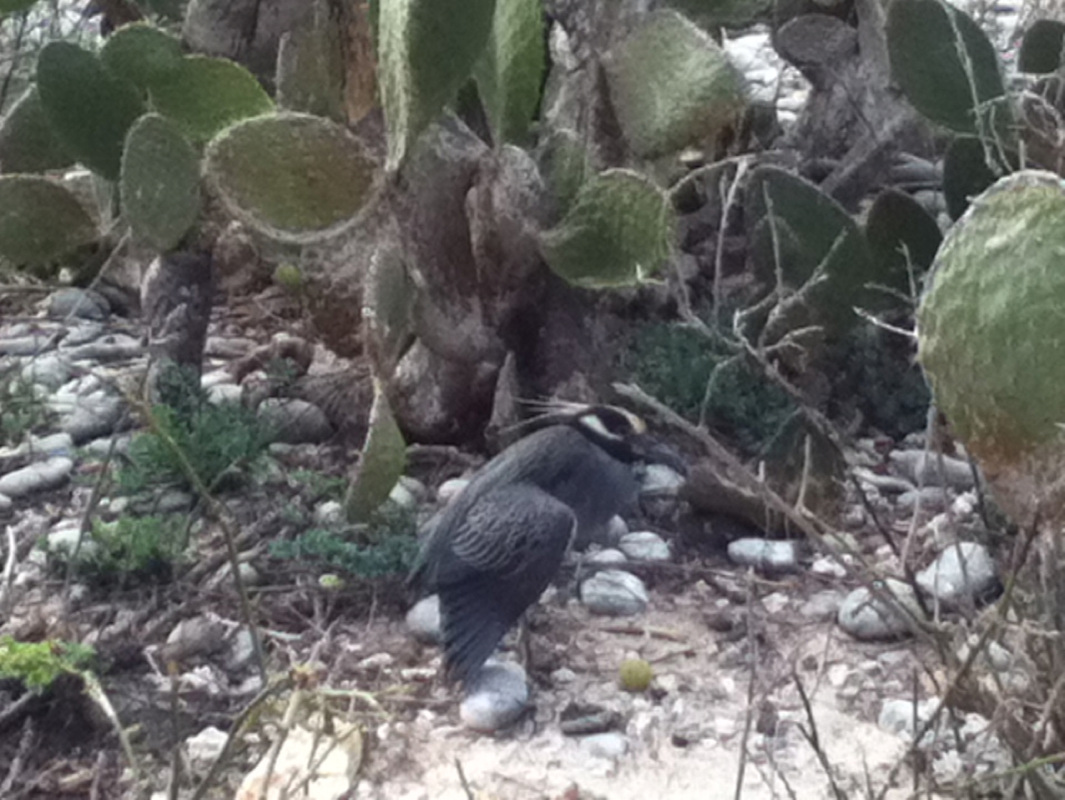

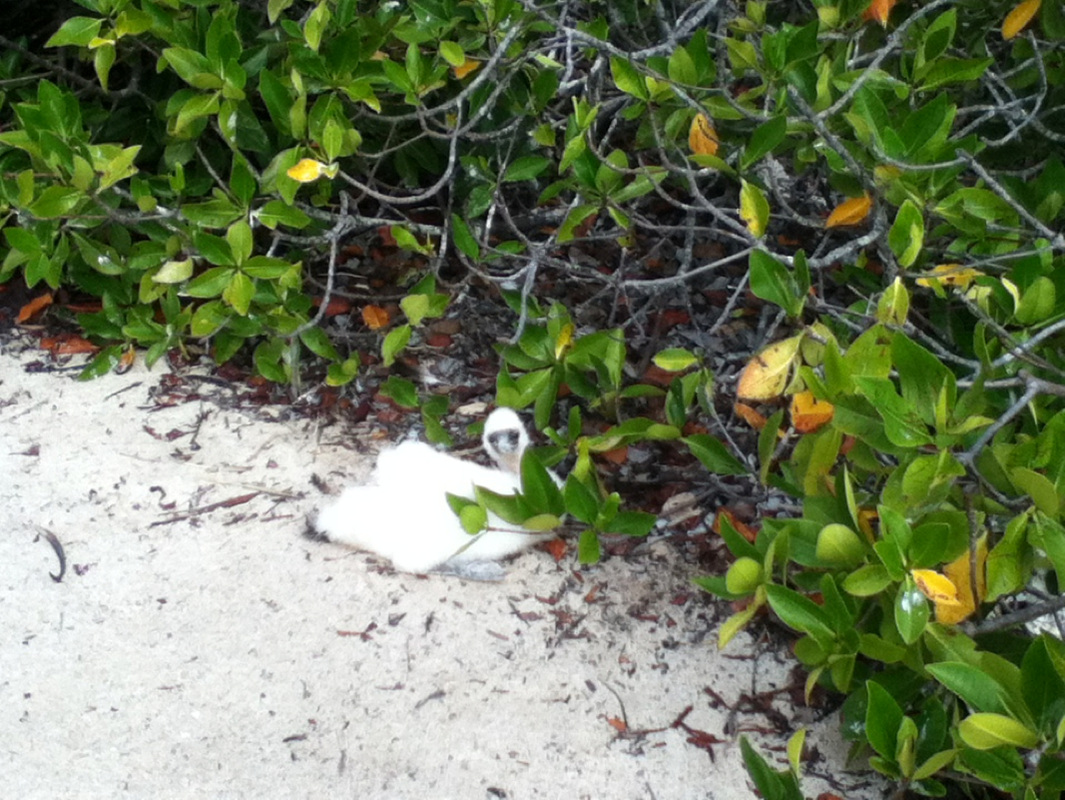






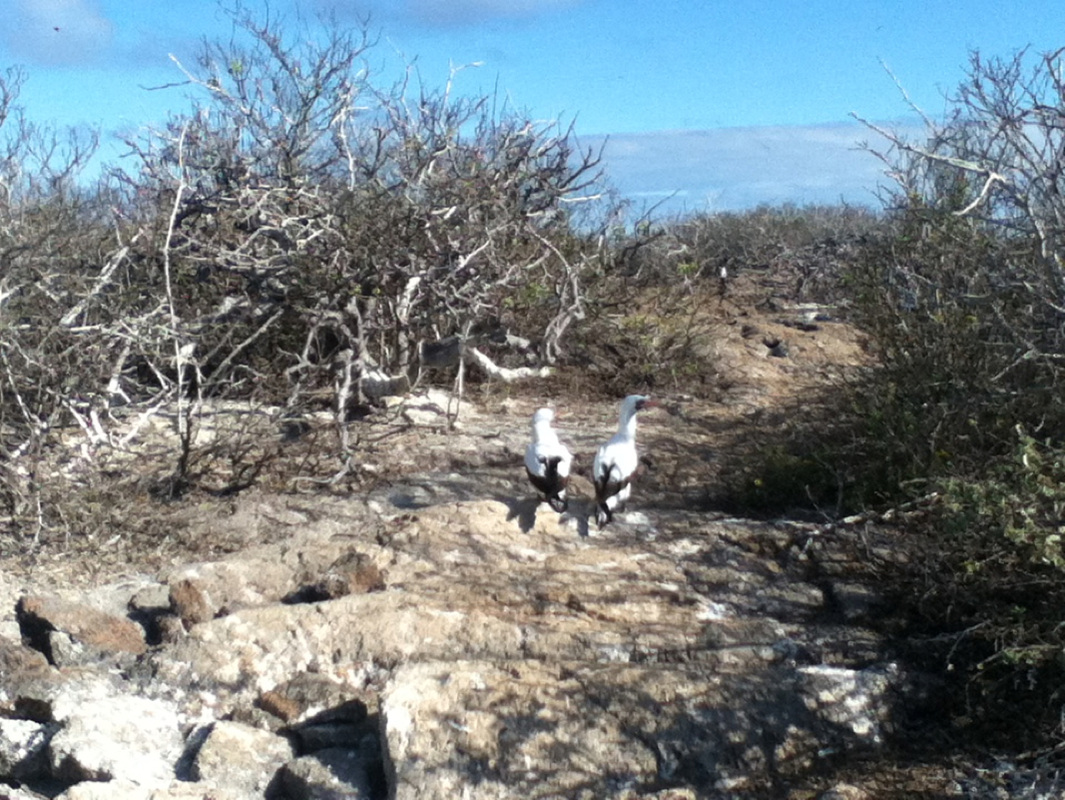



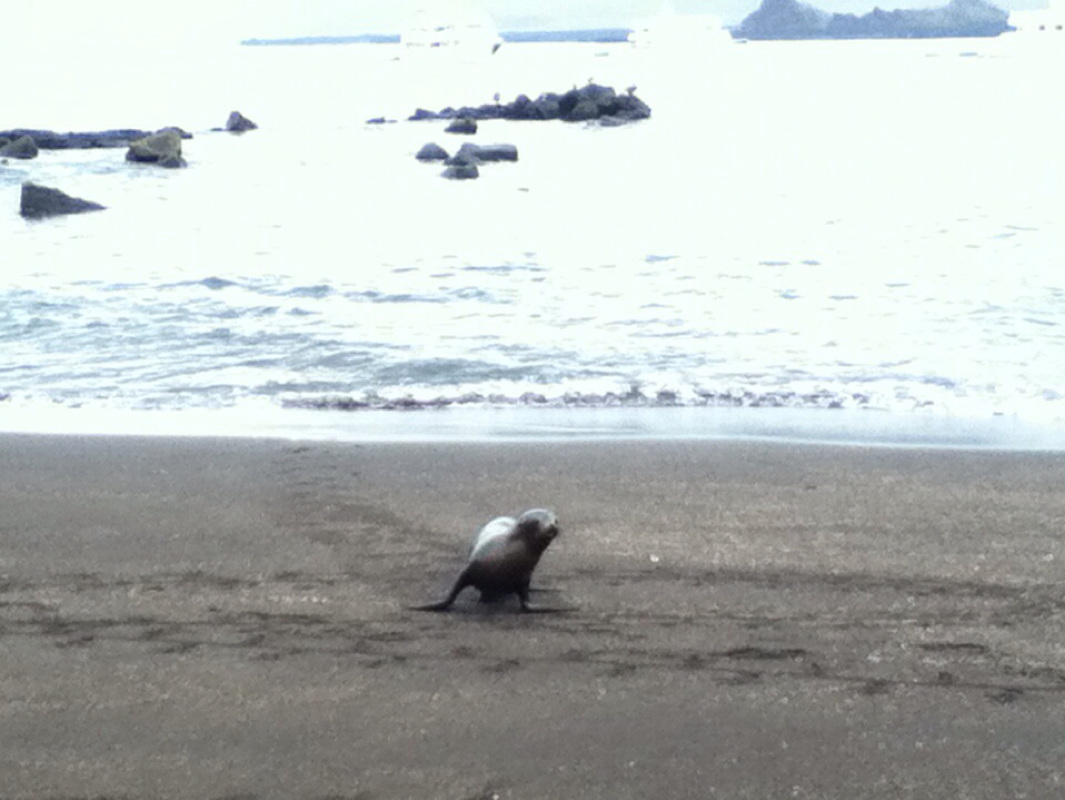

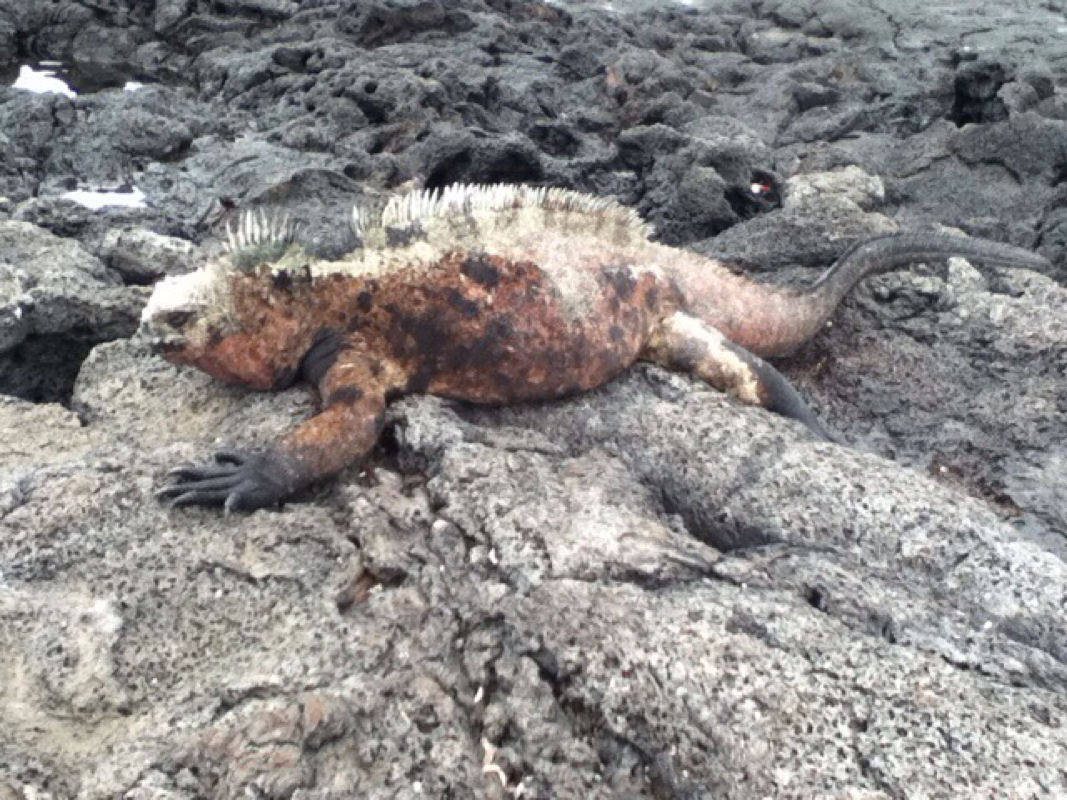


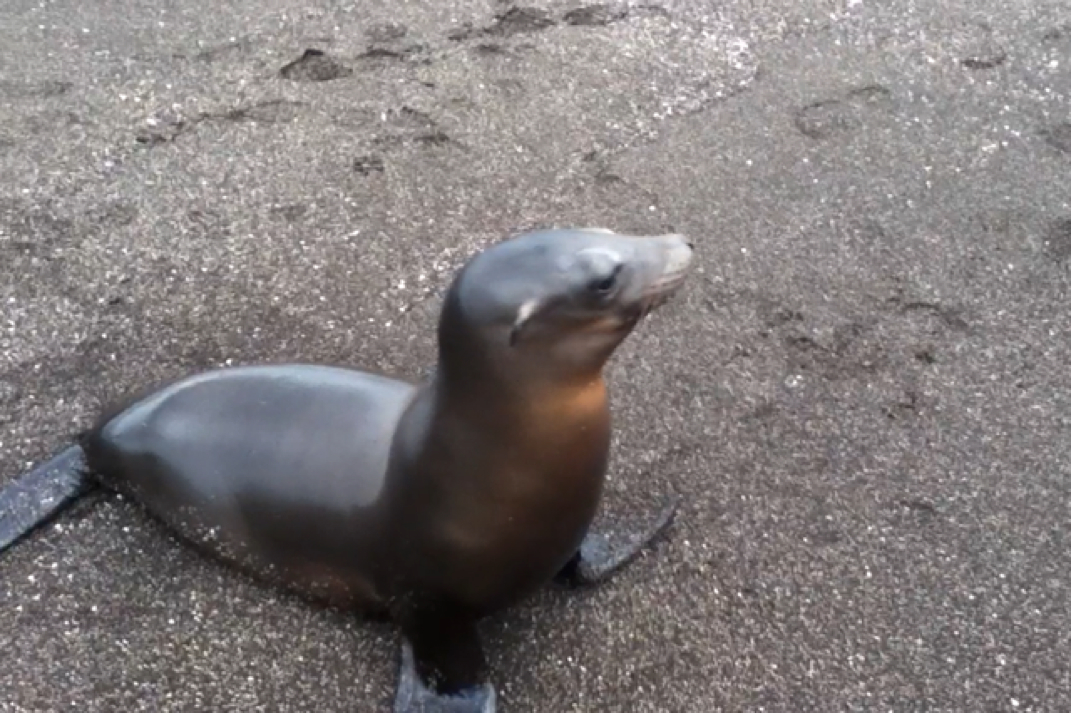










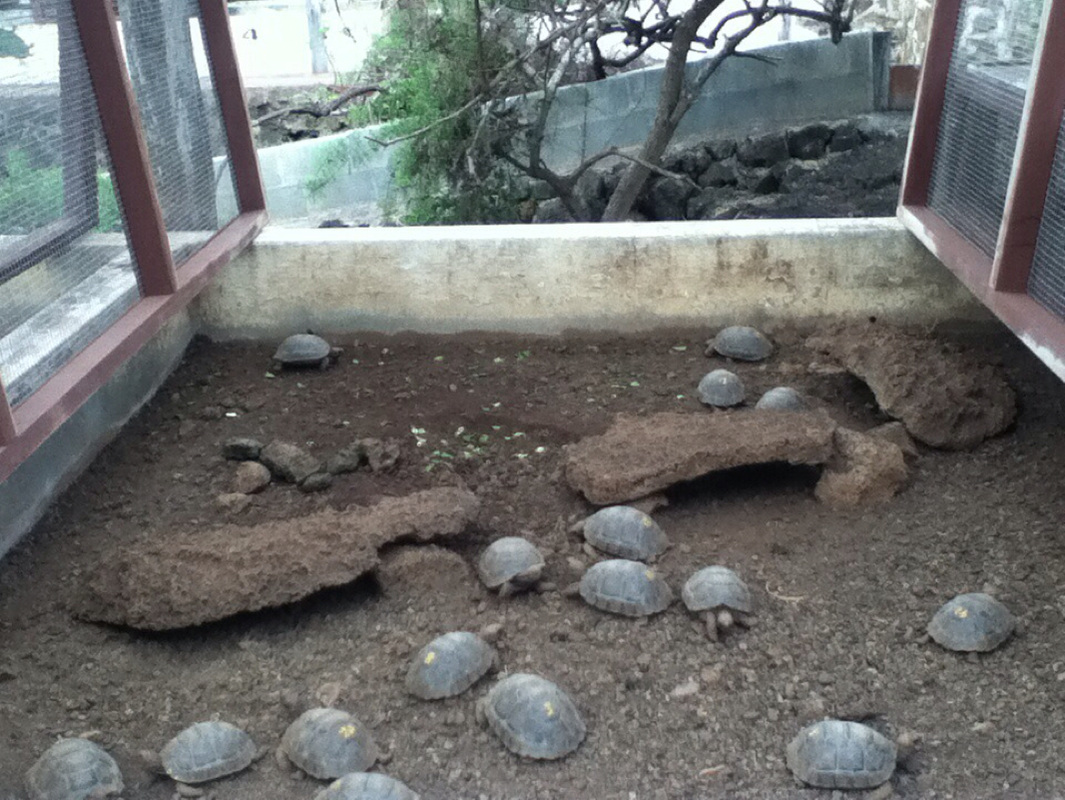






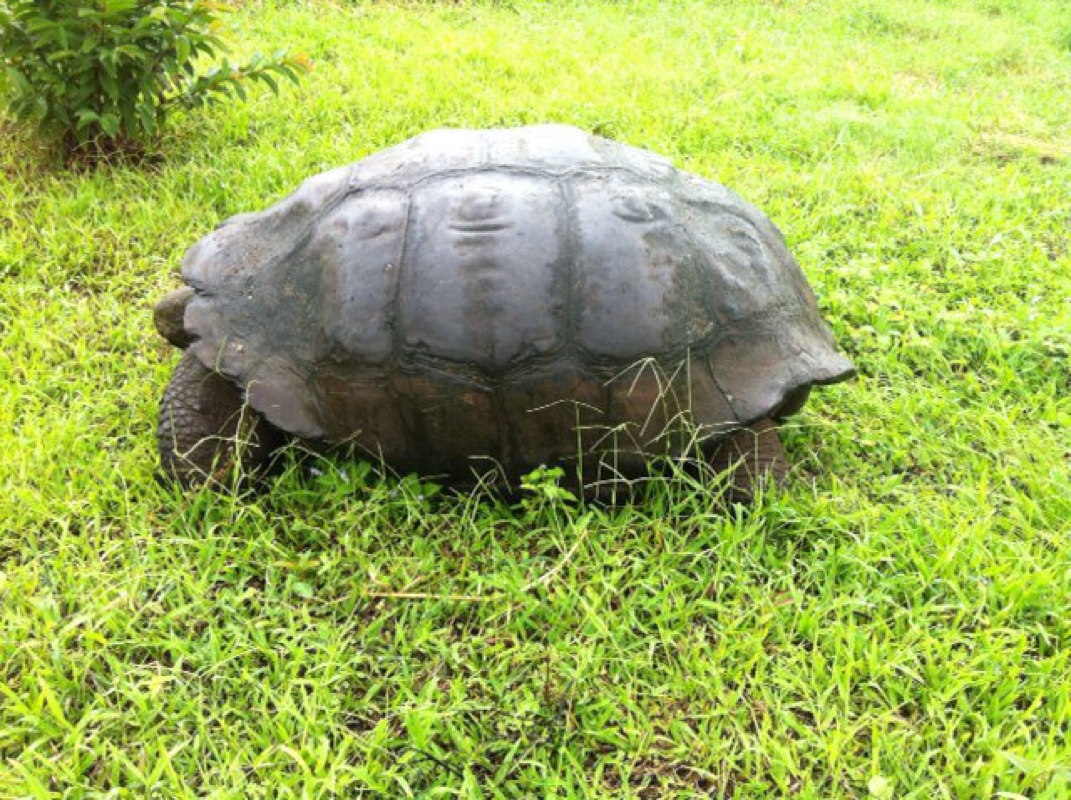
















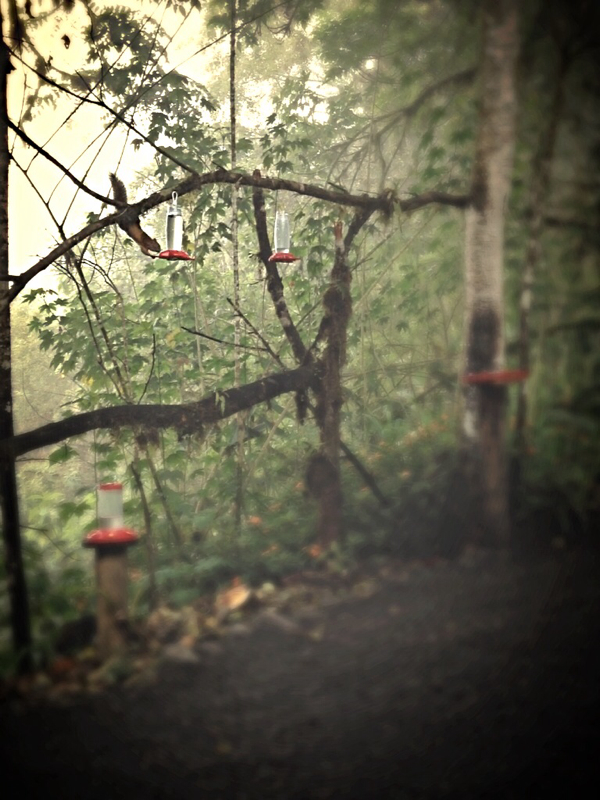

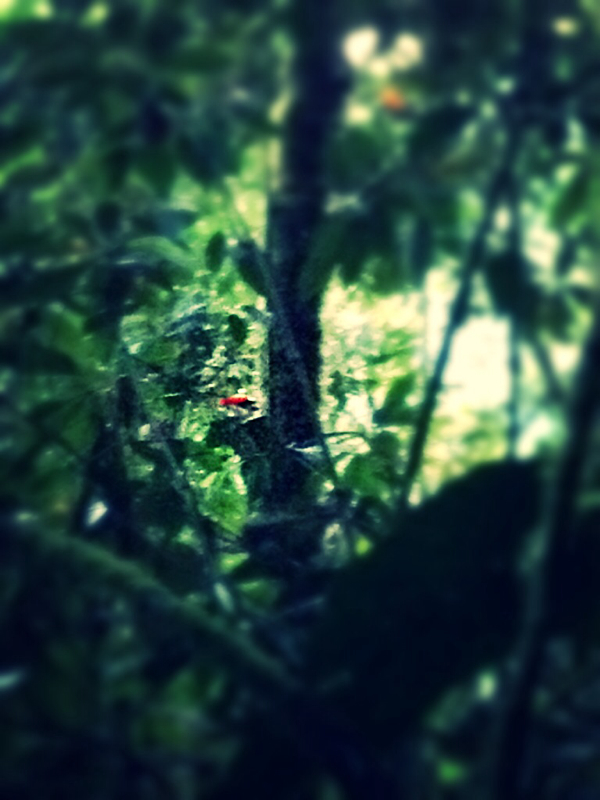

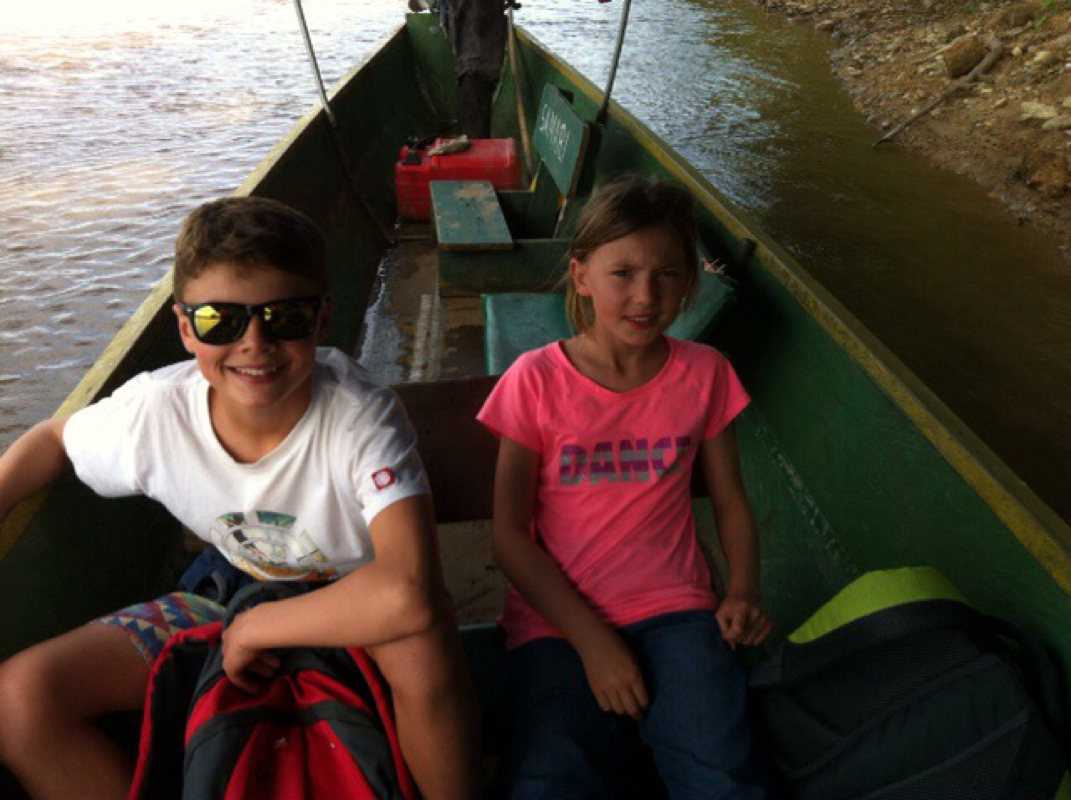










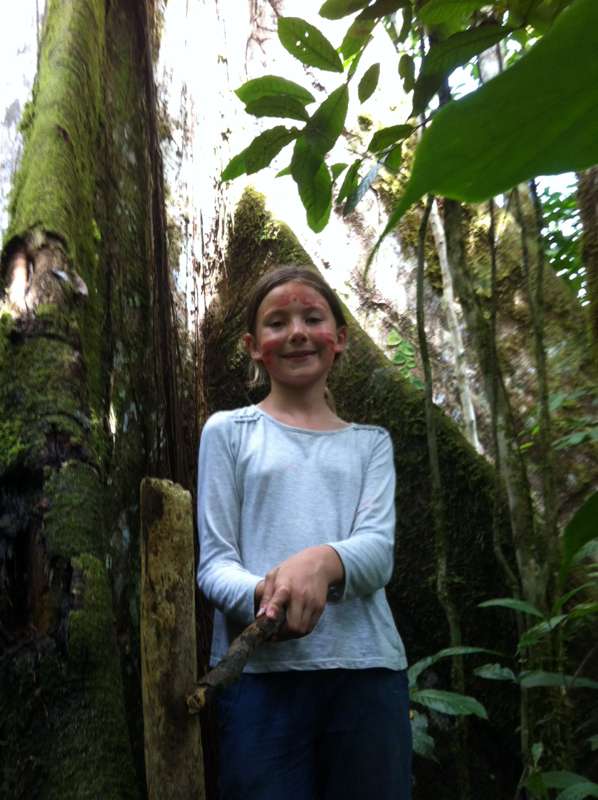





 RSS Feed
RSS Feed